Newsroom
Read the latest updates from the Compound team including company, product, and partnership announcements.


2024 40 Under 40 Spotlight: Kristin Carter, 2018

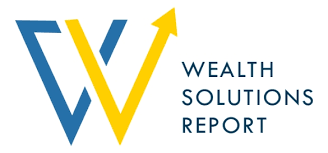
Compound Planning Adds 6 Advisors Who Previously Managed Over $1 Billion


Compound Planning adds six advisors to its digital family office


Compound Planning Adds 15 Advisors in First Weeks of 2024


The Federal Reserve: Challenges Past and Present

Compound Planning continues momentum, adding 6 more experienced advisors


Blending High-Tech Tools with Traditional Advisory to Master Wealth Management and Demystify Financial Planning


$1.4bn Compound Planning adds nine advisors from Personal Capital


Compound Planning hails pivotal hire of nine financial advisors


Better Together: Consolidation Within The Family Office Industry

Compound Planning Solidifies Its Position as a Tech-Powered Leader in Wealth Management, Adding 9 Advisors to Team

Compound Planning expands advisor recruiting team with two key hires
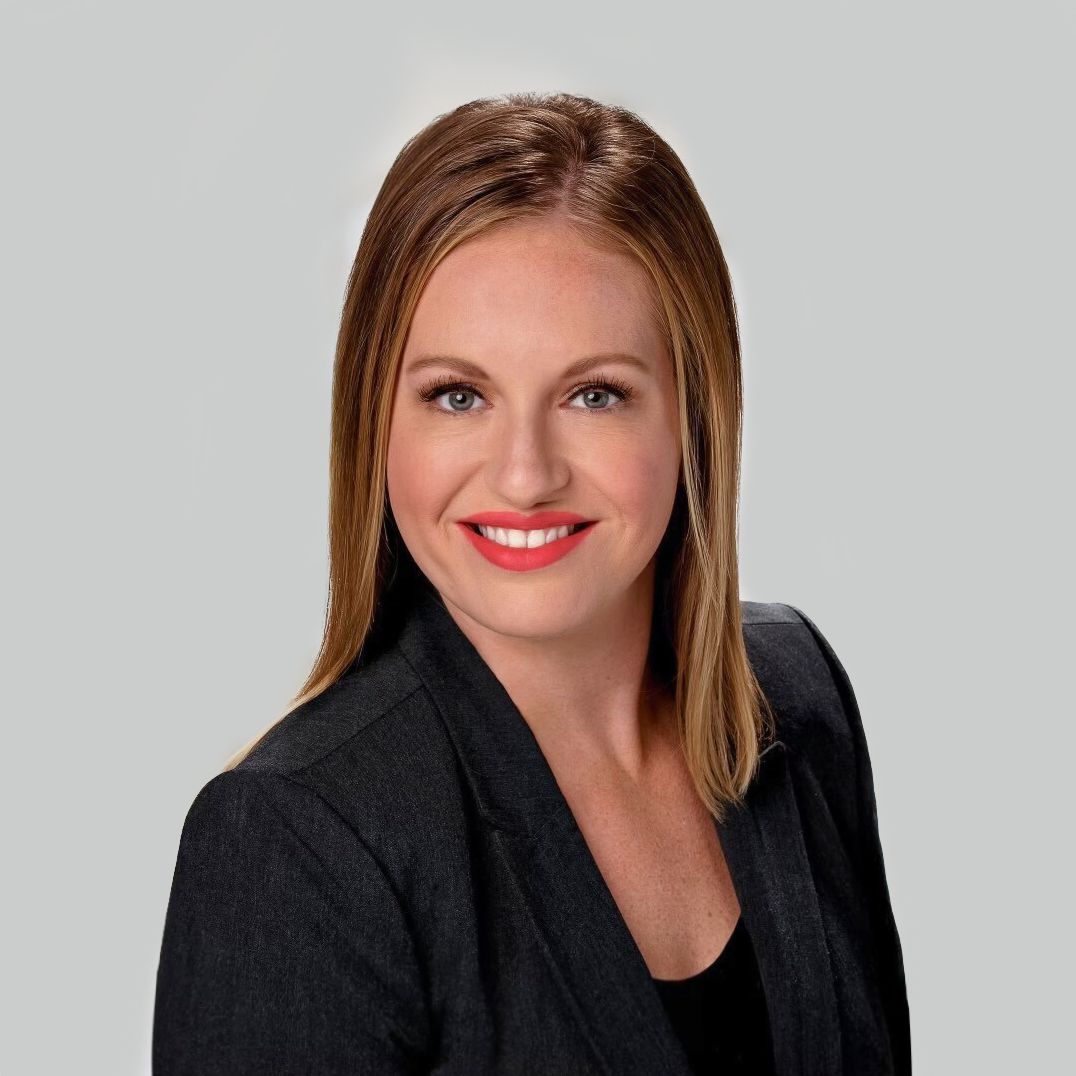
Kristin Carter, CPA joins Compound Planning as Head of Tax Advisory

Compound Planning recruits Long Tran, adds 10th advisor of the year


Choosing the Right Financial Adviser: Fiduciary vs. Non-Fiduciary


Recruitment Roundup: Dynasty, Cetera, Compound And More


Compound Merges with Alternativ Wealth


Alternativ and Compound Merge to Form $1.1B+ RIA


Two RIAs merge into $1.1 billion digital family office

Introducing Compound Planning

Compound is compounding

Compound and Alternativ Wealth merge to form $1B+ digital family office
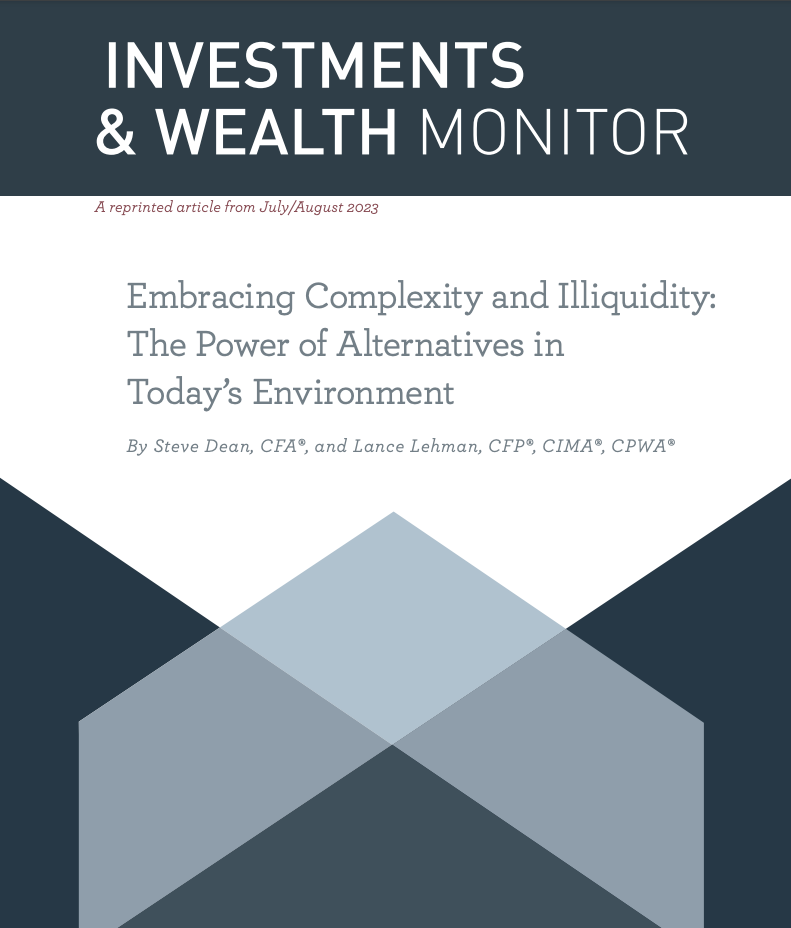

Embracing Complexity and Illiquidity: The Power of Alternatives in Today's Environment

Kyle Rudduck Joins Compound as Principal Wealth Advisor


Alternativ raises $10 million as digitally native RIAs pick up steam


Lance Lehman Recently Attended Investments & Wealth Institute's Annual Conference
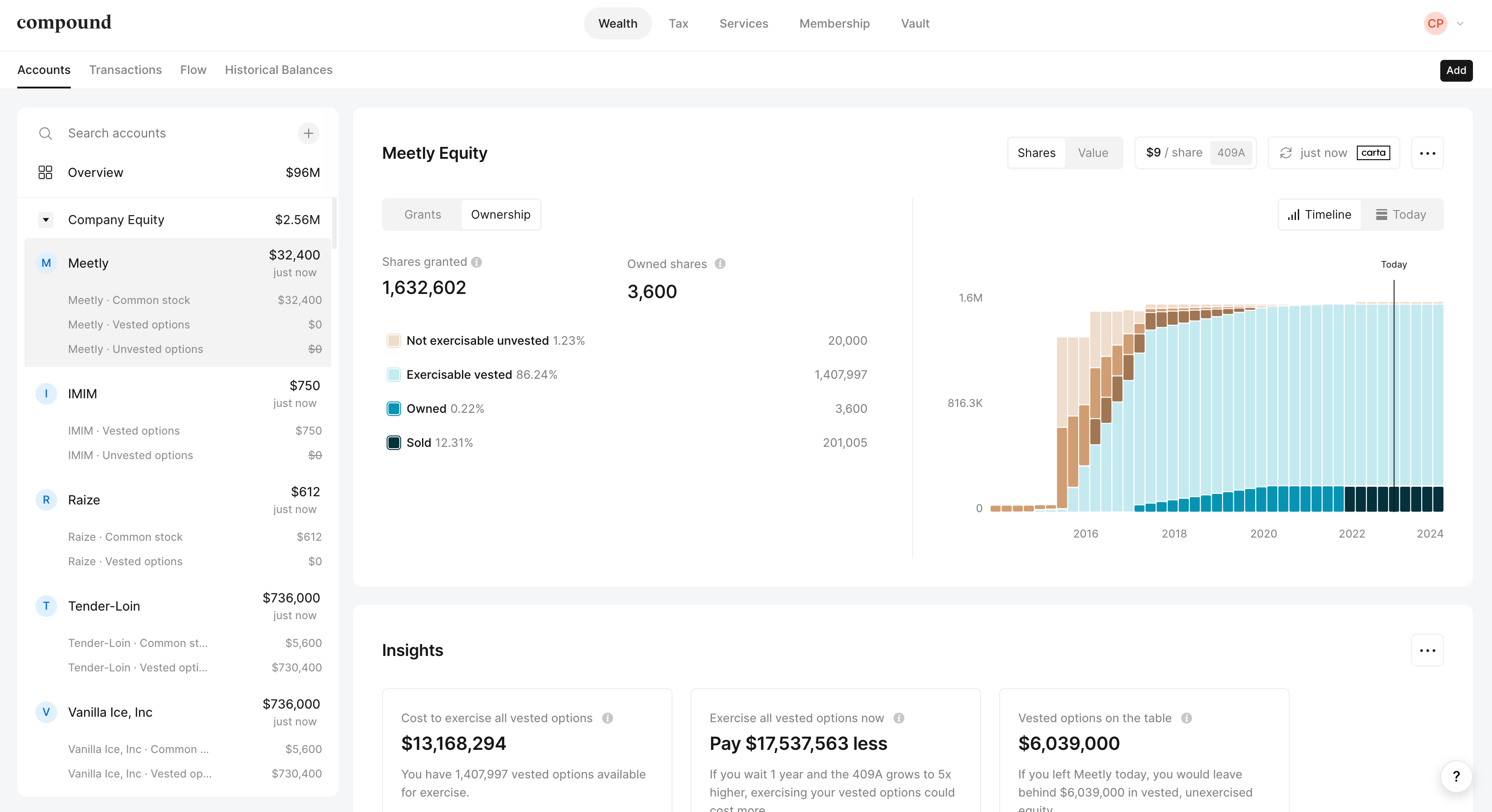
Announcing the official Carta and Compound integration

Tim Hamilton joins as Managing Director
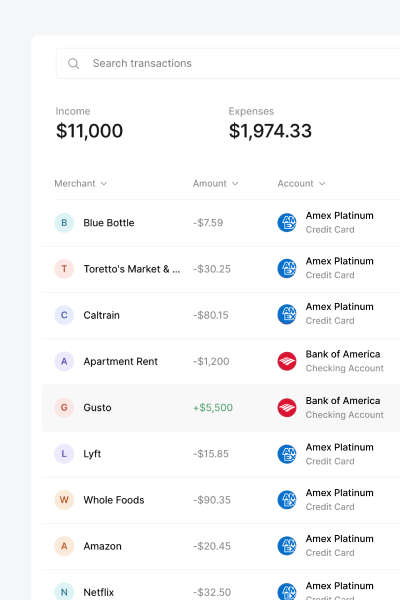
Introducing Transactions

Introducing Secondary Market Research

Compound Services

Compound Personal Cash Management

How Compound is supporting you during these uncertain times

Introducing Fixed Income Portfolios

Introducing 529 Plans

Introducing Donor Advised Funds

Introducing Personal Insurance

Introducing Revocable Trusts

Introducing Equity Modeling

Welcoming Lance Lehman as Vice President

Introducing Startup-Backed Lending

Introducing Irrevocable Trusts

Introducing Vault

Access alternative investments on Compound

Introducing Compound


Here’s how to protect your equity if you’ve been laid off


Startup risk gets riskier


Start-Up Equity Is a Great Retirement Plan, if You Can Pull It Off